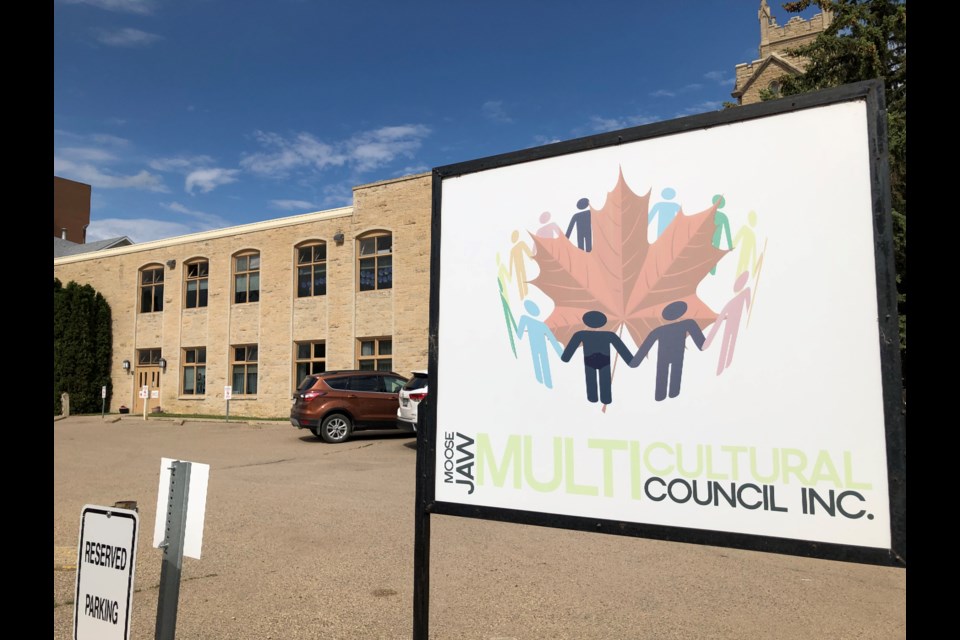Moose Jaw is one of 11 rural and northern communities in Canada participating in a federal pilot project to attract new immigrants to work and live in these locations.
As the Canadian population ages and the birth rate declines, rural workforces have seen a significant decrease in available workers, according to a federal news release. This pilot project will attract the best talent from around the world to help drive economic growth, fill skills shortages and support middle-class jobs.
The participating communities will have access to various supports to test this “innovative, community-driven model that will help fill labour gaps,” the news release added. These particular locations were selected as a representative sample of regions across Canada. They will assist in laying out the blueprint for the rest of the country.
A similar project occurred in Atlantic Canada to meet the needs of the labour force there. The four Atlantic provinces have endorsed more than 2,500 workers so far this year.
Attracting new workers is one of the goals of the municipality’s economic development strategy since it needs a workforce, Jim Dixon, Moose Jaw’s manager of economic development, told the Moose Jaw Express. Jobs will need to be filled in the coming years, especially in the South East Industrial Park, where companies such as SaskPower will set up new businesses.
“It’s a way to ensure newcomers are welcome in our community … ,” Dixon added. “We put together a very impressive application (in collaboration with the chamber of commerce and the South Central Regional Immigrant Partnership (SCRIP)) and were selected. It’s a good news story.”
The Moose Jaw Multicultural Council also provided a reference letter to support this endeavour, said Stefanie Palmer, executive director for the Moose Jaw Multicultural Council (MJMC).
“I think (the pilot project is) a good thing … ,” Palmer said. “Our small towns are also declining in population, so this might be a way to boost the economy in those places as well.
Across Canada, more than four million people work in rural communities and produce almost 30 per cent of the national Gross Domestic Product.
There is always a demand for workers in and around Moose Jaw, said Dixon, especially in agriculture, in manufacturing, in the skilled trades, and the service industry.
“There is a need, no question,” he said, adding this will help improve Moose Jaw’s competitive advantage.
Throughout the summer, the government will work with the 11 communities to identify candidates for permanent residence. Communities will be responsible for candidate recruitment and endorsement for permanent residence.
New immigrants are expected to arrive under this pilot project in 2020. They will have to be connected to the labour market and to a job when they arrive.
Moving to a new country can be a culture shock, so it’s important that immigrants have resources and information about their new community, Palmer said. That is where the MJMC comes in; it has several services it offers to new Canadians to help them integrate.
Palmer has been executive director for the past seven years, while she has been with the MJMC for 13 years. In that time, she has seen most new immigrants integrate well into Moose Jaw. However, the organization doesn’t see many immigrants come through its doors for jobs since they are already connected to the labour market when they arrive.
“That’s a good thing if they don’t need us,” she continued, especially since there are good job prospects in the area for people who are willing to work.
“We’re excited to partner with the economic development agencies in the community on this initiative,” added Palmer, “and excited to see what it will bring to our community.”




